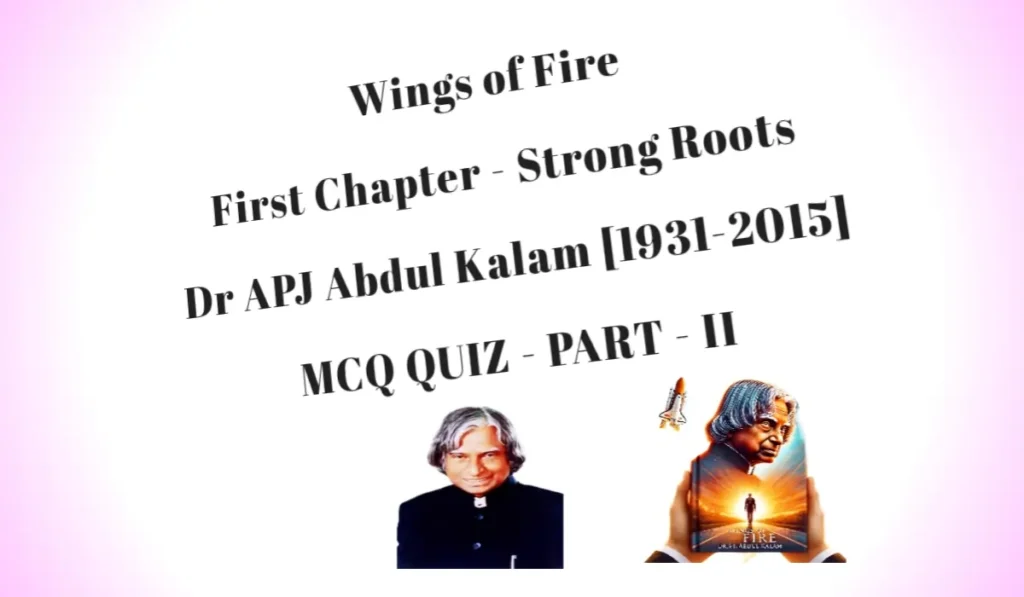Pathos in Lamb’s Essays
Contents
Introduction
Charles Lamb had a remarkable gift for weaving together the threads of joy and sorrow in his essays. His writing a delicate balance of poignant memories, unfulfilled desires, and personal musings that resonate on multiple emotional levels. Through his unique style, Lamb creates a narrative tapestry adorned with whimsical anecdotes that are deeply personal, illuminating both the comedic and tragic aspects of life.
Pathos and Joy in Lamb’s Essays
The most compelling aspect of Lamb’s essays is his extraordinary ability to pivot between pathos and joy effortlessly. His writing style, while simple, is profoundly moving and whimsical. Lamb’s essays exhibit a sort of playful exaggeration, rather than the artificial fluff often found in other writers’ works. The paradoxes he employs are refreshingly straightforward and oscillate naturally between the comic and the tragic, creating a seamless flow of narrative reminiscence.
Two Main Traits of Lamb’s Essays
[I] His essays evoke a tender sweetness, inviting readers to reflect on their own experiences with joy and sorrow.
[II] Lamb’s style is rich with wit, yet accessible, allowing readers from all walks of life to connect with his sentiments.
Humor as a Vehicle for Sympathy
At his core, Lamb is a humorist who finds delight in the intricacies of humanity. While he possesses profound wisdom and insight, he embodies a Puck-like spirit of mirth and mischief. This intense empathy enables him to embrace the diverse conditions of human life, both uplifting and tragic.
Two Characteristics of Lamb as a Humorist
Lamb’s humor encapsulates a broad range of styles—from sharp satire to gentle anecdotes—adding a flavorful dimension to his writing.
His unique approach to humor invites readers to laugh, ponder, and occasionally shed a tear, establishing a deeply personal connection.
The Complexity of Mixing the Funny with the Tragic
Lamb’s skill lies not only in humorous observation but also in articulating serious themes through a lighthearted lens. He blurs the boundaries between fact and fiction, conjuring a whimsical world that shocks yet amuses. Importantly, his humor doesn’t culminate in laughter, but rather extends beyond it, often leaving a bittersweet aftertaste.
This peculiar tenderness in Lamb’s language showcases his deep-seated compassion for the human condition.
Such depth is evident in his ability to crystallize poignant truths in a humorous context, compelling readers to examine their own emotions.
The Poetic Essence of Lamb’s Prose
Another notable aspect of Lamb’s essays is his seamless blend of poetry and prose. His creative imagination infuses his writing with lyrical beauty, ensuring that even his most straightforward narratives brim with emotional resonance.
Reference from Lamb’s Essays
Dream Children : A Reverie
In “Dream Children: A Reverie,” Lamb exemplifies this blend of joy and sorrow. He gracefully narrates a joyful scene only to subsequently unveil an undercurrent of sadness, reflecting the fragility of happiness.
“We are not of Alice, nor of thee, nor are we children at all. We are nothing; less than nothing, and dreams.”
His dream children symbolize unattainable ideals and the melancholy that often accompanies hope. This mix of bright imagination with deep longing serves to highlight the contrast between joy and sorrow.
New Year’s Eve
Similarly, in “New Year’s Eve,” Lamb captures the essence of this poignant duality. While New Year’s celebrations traditionally brim with optimism, Lamb’s reflections bring a chilling reminder of life’s transient nature:
“Do these things go out with life?”
In a moment of candor, his fear of mortality breaks through the festive façade, showcasing the delicate interplay between celebration and melancholy.
The Praise of Chimney Sweepers
In “The Praise of Chimney Sweepers,” Lamb employs humor to shed light on the tragic plight of young chimney sweeps. Through amusing anecdotes juxtaposed with sober reflections, he reveals the bittersweet reality of their existence, creating a rich tapestry of tragic humor.
The Superannuated Man
In “The Superannuated Man,” Lamb draws on his own experiences to explore the theme of melancholy tied to retirement. He reflects on the bittersweet nature of leaving behind one’s work and routine:
“My old desk; the peg where I hung my hat, were appropriated to another. I knew it must be, but I could not take it kindly.”
This admission captures an essence of loss and the nostalgia that accompanies change, representing his ability to balance tears and smiles through simple, yet evocative language.
Conclusion
The Enduring Legacy of Lamb’s Emotional Complexity
Successfully balancing tears and smiles in prose is no easy feat—a challenge few authors manage to execute with such grace. Charles Lamb’s essays stand as shining examples of this delicate interplay, leaving a lasting impression on readers.
His reflection—“I laugh to save myself from crying”—illustrates the complexity of human emotion he so beautifully captures. Lamb’s ability to traverse the spectrum of human experience continues to resonate, reminding us of the beauty found amid our sorrows. Embracing this blend of pathos and joy in reading Lamb not only deepens our understanding of humanity but also enlightens our own emotional journeys.
————————
Questions of Universities
[I] Discuss how Lamb intermingles tears and smiles in his essays prescribed for you.
[II] Discuss the mingling of humour and pathos in Lamb’s essays.
——————









